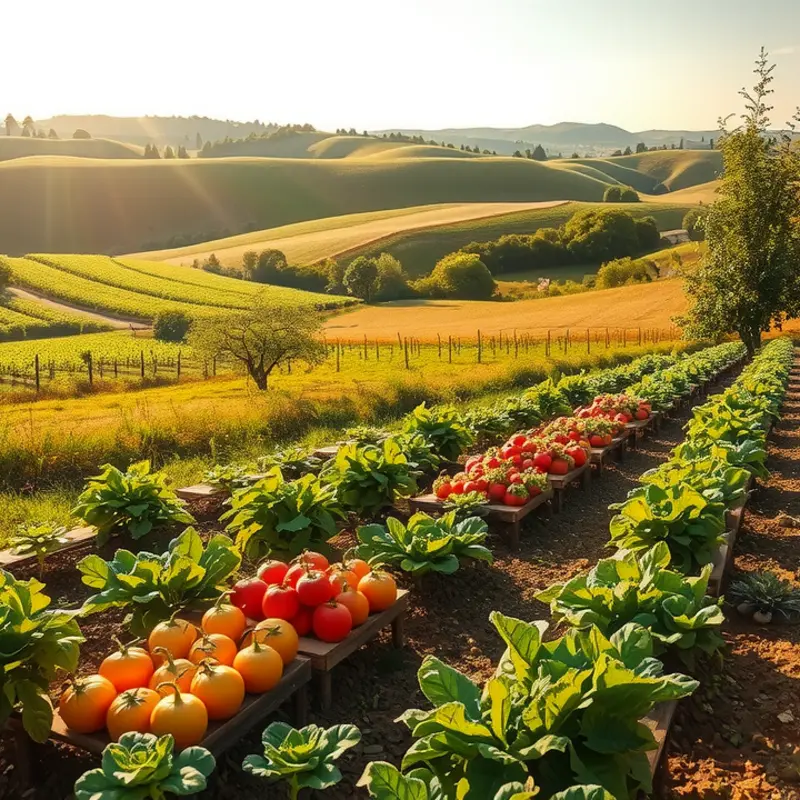Cooking proteins in bulk is a game changer for busy individuals and families. With just a little pre-planning, you can save precious time in the kitchen, maximize nutrition, and ensure satisfying meals are always ready to go. This guide will share practical methods that make cooking large quantities of proteins easy, enjoyable, and efficient, allowing you to reap the benefits of meal prepping while keeping mealtime stress-free.
Smart Strategies for Bulk Cooking Proteins

Cooking proteins in bulk is an excellent way to save time and ensure you always have nutritious meal components ready. Whether it’s chicken, beef, or legumes, mastering a few key techniques can help you maintain flavor and texture even when preparing large quantities.
Start with chicken, a versatile and popular protein. When cooking chicken in bulk, consider using slow-cooking methods like baking or poaching. This not only ensures even cooking but also keeps the meat moist. Baking seasoned whole chicken breasts for about 20-25 minutes at 400°F avoids drying out the meat, while poaching in a broth with aromatics lends flavor with minimal effort.
For beef, the cut of meat significantly affects cooking strategies. Use ground beef for easy, quick-cooking options like chilies or taco fillings. Browning it in large batches followed by simmering in spices enhances flavor while allowing you to store portions easily. For larger cuts like roasts, you’ll benefit from methods like braising, which tenderizes tougher cuts. A low and slow approach in a Dutch oven or slow cooker can result in melt-in-your-mouth tenderness, capturing rich flavors over time.
Legumes, a plant-based protein staple, require a slightly different approach. Cooking in bulk can be achieved effortlessly with a pressure cooker, significantly reducing time compared to traditional simmering. Soaking legumes such as chickpeas or lentils overnight helps reduce cooking times and enhance digestibility. Flavor them by cooking with bay leaves, garlic, or onions.
To streamline your bulk cooking efforts, integrate layering techniques for flavor. For example, marinate your proteins in batch-friendly portions before cooking. Use spice blends and marinades that complement a variety of dishes. An herb and garlic marinade works well with chicken, while a cumin and chili mix suits beef. You can explore enhancing flavors without excessive sodium by using alternative flavor boosters, which can be found here.
Storage is another crucial aspect to maximizing efficiency in bulk cooking. Once cooked, immediately portion proteins into meal-sized servings. Use airtight containers to maintain flavor and texture. Freezing can extend the shelf life significantly. To prevent freezer burn, ensure proteins are well-wrapped or stored in vacuum-sealed bags. This method not only preserves quality but also prevents food waste.
Lastly, consider your reheating methods to maintain flavor integrity. Slow defrosting in the fridge is ideal, as it reduces the risk of texture change. For a quick reheat, gentle warming in the oven or on a stovetop is preferable to microwaving, which can often lead to uneven heating.
These strategies aren’t just about saving time; they also ensure your bulk cooking efforts result in meals that retain their intended flavors and textures throughout the week.
Flavoring and Storing Your Proteins

Mastering the art of seasoning can transform any bulk protein cooking venture from bland to brilliant. Start by selecting flavor enhancers that complement your protein. Aromatic herbs such as rosemary, thyme, and basil imbue chicken and turkey with a Mediterranean flair. For beef, consider bold spices like cumin and paprika for a robust profile. When working with fish, citrus zest and dill can create a fresh taste.
Once you’ve decided on the seasonings, it’s important to consider the proper method of application. A marinade infuses deep flavor and moisture but requires time. Plan a few hours in advance, or even overnight, for maximum impact. On the other hand, a dry rub can be used right before cooking for an immediate flavor boost. Develop a simple base of salt, pepper, and an additional spice to pair with your chosen protein.
Preserving the freshness and taste of cooked proteins boils down to proper storage. Allow proteins to cool to room temperature before refrigerating. Place them in airtight containers to prevent exposure to air, which can hasten spoilage and flavor loss. For long-term storage, freezing can be an excellent option. Wrap portions tightly in foil or plastic wrap before sealing them in freezer bags. This technique prevents freezer burn and maintains flavor integrity.
Heated proteins often face the curse of dryness and loss of flavor. Reheating strategies can mitigate this issue. For moist proteins, add a splash of broth or a pat of butter when reheating in the oven. This method helps the proteins retain moisture. Avoid using the microwave for reheating as it often results in uneven heat distribution, leading to tough, rubbery textures. However, if the microwave is your only option, use a microwave-safe cover and heat on a lower setting.
Consider how these efforts tie into broader cooking strategies, like reducing waste in the kitchen. Efficient storage and reheating not only enhance the taste but also contribute to sustainable habits. For additional strategies on minimizing waste, you might explore other resources such as low-waste cooking prep.
Ultimately, bulk protein cooking offers a win-win: flavorful meals and streamlined food management. By honing your skills in seasoning, storing, and reheating, even the busiest of schedules can accommodate delicious and nutritious meals.
Final words
Cooking bulk proteins is a smart solution for busy lives. By employing these techniques and incorporating delicious seasonings, you can enjoy diverse meals throughout the week without the daily hassle. Pre-portioning proteins allows you to maintain variety in your diet while saving significant time. Remember to embrace creativity in your cooking, adapting flavors to your family’s preferences. Keep experimenting, and soon you’ll be a meal prepping pro, ensuring that nutritious and delightful dishes are always at hand.







